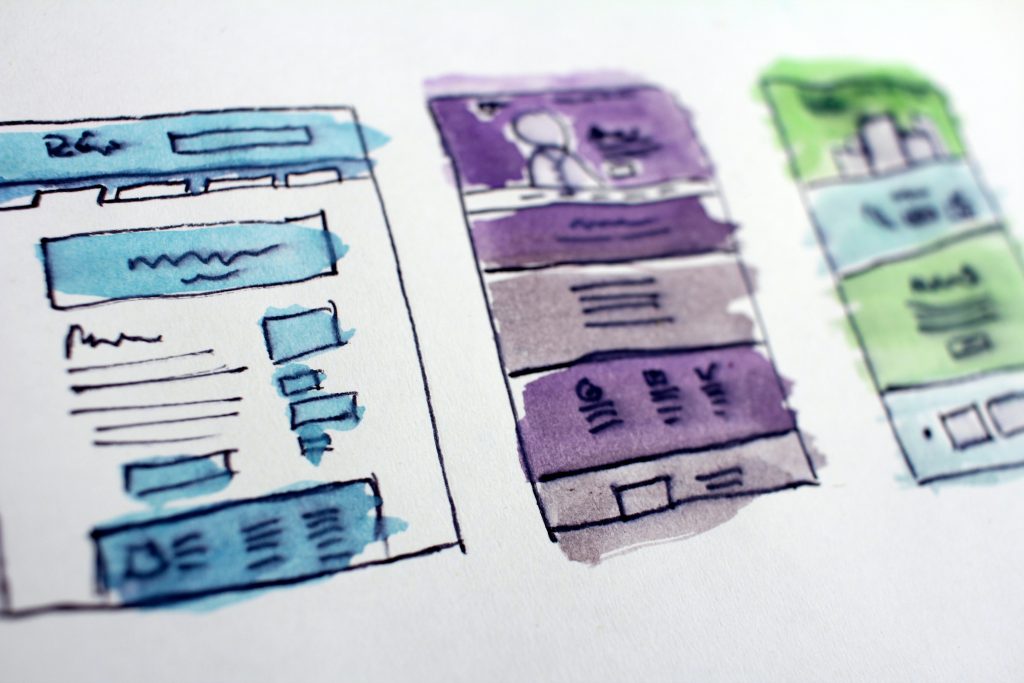Creating a promising product should be a step-by-step process. From brainstorming, creating a prototype, actual development process, and testing and debugging the end-product, there should exist a collaboration within the team as well as the team and the customers.
The major limitations and criteria to be met when creating a product are:
- The product should be delivered under a deadline
- The budget should not exceed the creator’s and the customer’s capabilities
- Resources should be utilized properly
- The product should be functional and meet user demand
The major components of an application development process are time, resources, and budget. Following a procedure allows us to utilize the time, resources, and budget at hand and produce a functional result.

Some problems faced in the end result:
- Does not function as expected
- Does not satisfy customer’s needs
- Complexity arises due to unnecessary or irrelevant features and information
- Ambiguous to use and not user friendly
These last-minute difficulties require the entire structure and design of the product to be revised and reworked. This makes a waste of our valuable components as mentioned above.
Most, if not all these problems can be staved off by creating an initial prototype of the product at hand and taking feedback directly from the user.
What is a prototype?
A prototype is a mockup/draft/working model of the end product. A prototype lays down the framework for the structure and functionality of the product hence simulating the end-product in a basic way.
What makes a good prototype?
- A good prototype should give a basic overview of the product i.e, simulation of the end-product
- Should be user-friendly and easier to comprehend by a wide audience as not everyone will understand high-tech terms.
- Should show the correlation and interconnection of all the components and features of the product.
- Should be well researched, with the context and needs of the market and users having foremost priority.
Main objectives of prototyping:
- Helps to identify and formulate the main trajectory of a design and save time in the actual development process
- Product owners can evaluate and give necessary feedback
- Easier for developers to come up with new ideas to meet user’s needs
- Make the application as user friendly as possible
- Provide a sort of transparency that makes the customers feel involved and hence service will be deemed plausible
- Not only the basic concept of the end product but also the interconnections between components and how they work in relation with each other is shown clearly
- Focus is on the functionality and marketing of the product
- Helps in estimating the cost, resources, and time period required to create the product
Why do some designers skip prototyping?
Some novice designers skip the steps of prototyping because of the extra effort and time required to create one. As a result, the design and development process is prolonged in the long run. This shows the lack of procedural and strategic knowledge required in creating a product. In fact, this seems to be the main difference between beginners and expert designers.
Importance of prototyping
Prototypes are quick and easy to create and are helpful to both developers and customers. Here’s why you should never skip prototypes:
- Minimize Design Error:

Any problems that might arise during the final processes of product development require the entire design, structure, and functionality of the application to be reworked. These drastic changes increase the effort and time in designing. However, if a prototype is laid out previously, any changes and possible problems can be predicted earlier on and solved with the help of the customers. It is more effective to understand the problems from the user-end so that the main focus can be on the functionality of the product.
- Improves Team Communication:

Designing a product requires the contribution of designers, developers, testers, and managers. The process to create a product becomes easier and smoother when the team can communicate their ideas and concepts properly. Teamwork is even more required when laying down the foundation of the product as it will directly affect the actual development process.
A prototype also allows proper communication and collaboration between the creators and the customers, allowing an even more clearer pathway to product design. This prevents misunderstanding and conflicts between the design and the customer team. Further, any issues can be resolved early on in the process which reduces the chance of failure of the product.
- Allows User Testing:
The goal of any designer is to satisfy customer needs and meet their expectations. Since product owners have a better understanding of the problems they face, their feedback will be crucial. From ideation to implementation, the final say should be of the users’. With a prototype, it becomes easier for the user to brief their concerns, so that problem resolving can be done early on in the process.
- Reduces Development Cost:
Oftentimes, designers skip the process of prototyping thinking it will increase the production cost. In the long term though, it will actually reduce the development time and cost. Designers don’t need to waste resources on guesswork and irrelevant information and can focus solely on the required features of the product.
Building a prototype costs less than reworking the entire model when things go wrong.
- Increases investor’s interest:
Nobody wants to invest in a product that might work. To be appealing to customers, the most important part is that all their needs are met. So, when a product simulation is provided to them through a prototype, they know for sure what the product will function and look like. For this, prototypes need to be shown to the customers, and feedback taken; this process is iterated until the final prototype is created and approved by the user. When a user is sure and knows what product to expect and if they like it, they are more likely to invest in the process.
Conclusion:
Prototypes can be a simple sketch on paper or a miniature model made from cardboard or a digital summary of the end product. It initiates important conversations surrounding the product from the user-end and the developer end, hence helping to refine the idea.
Prototypes not only simplify the work of developers, product managers, designers and testers, but the development process also becomes more manageable, predictable and comfortable.

